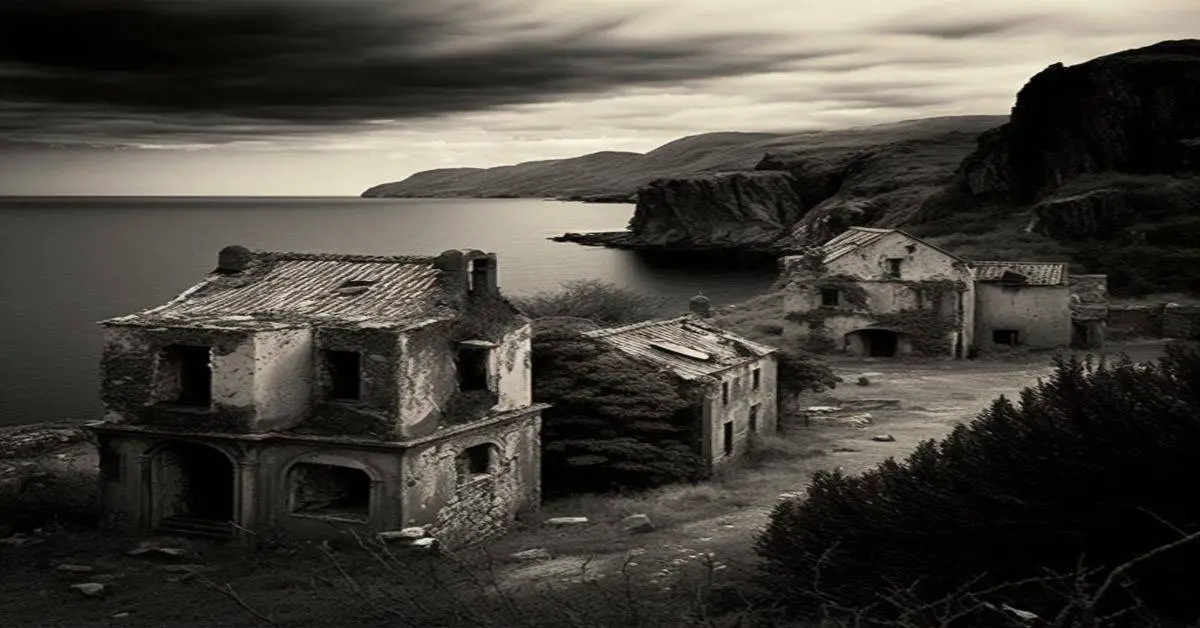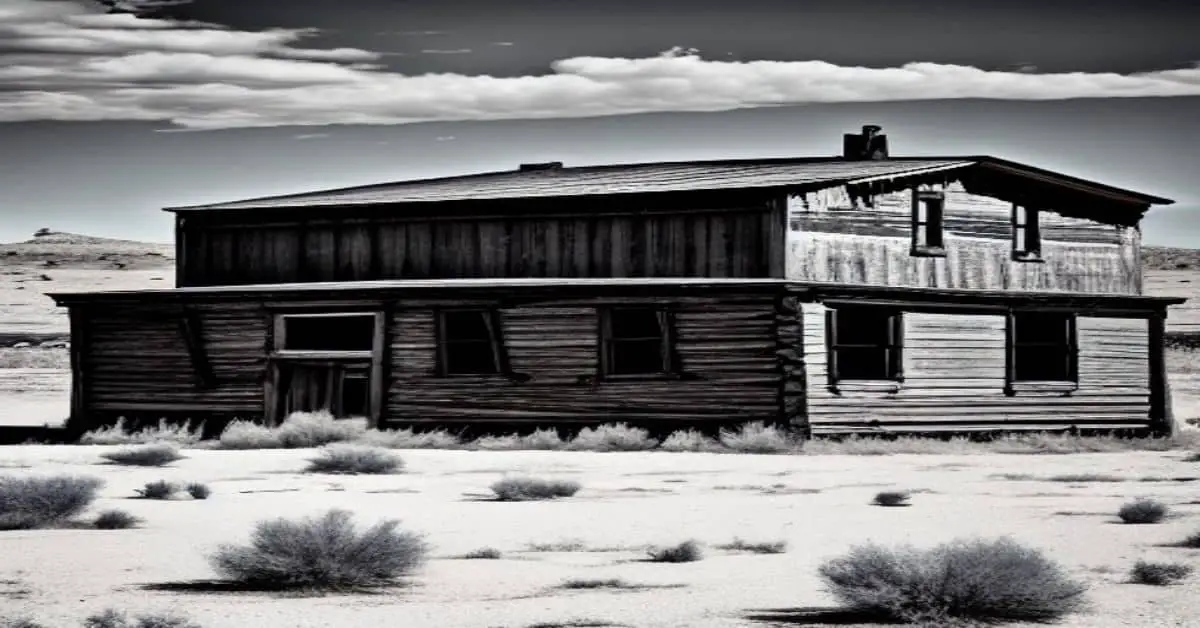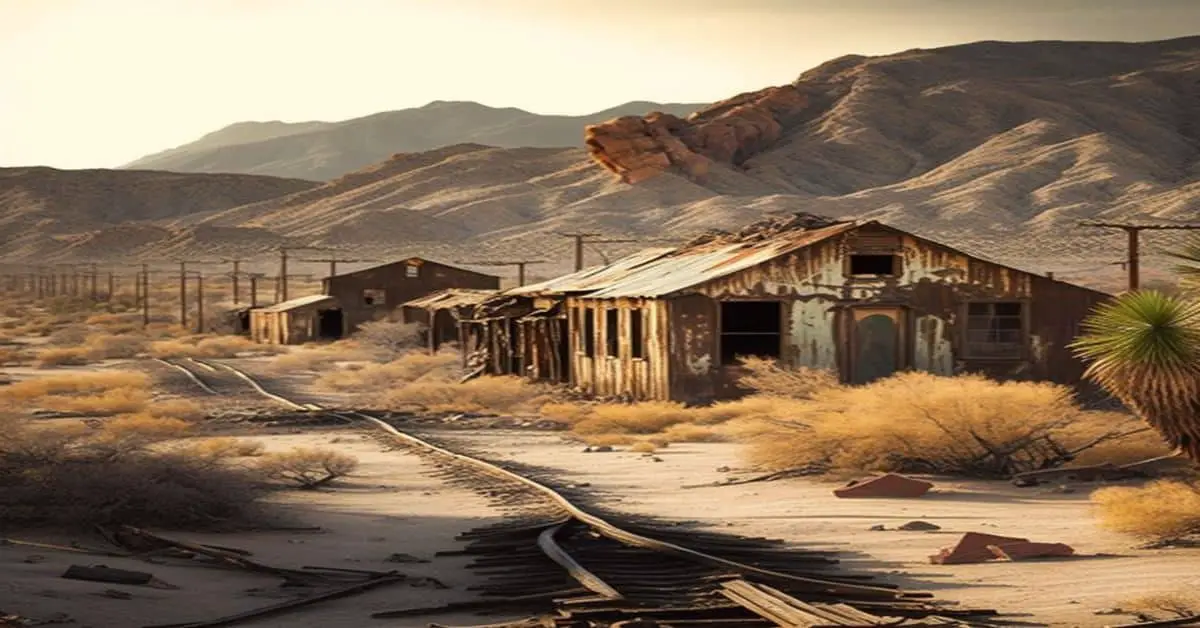Cochise County, Arizona, is home to several abandoned settlements known as ghost towns. These towns were once thriving mining communities but were abandoned for economic reasons. Despite being deserted, many ghost towns have been preserved as historic sites and popular tourist attractions.
In this article, we will explore the rich history of Arizona’s Cochise County’s ghost towns and discover the stories behind these once-bustling communities. The ghost towns of Cochise County offer a glimpse into the past, showcasing a time when mining and prospecting were the primary sources of income. These towns were home to thousands of people who worked tirelessly to extract valuable minerals from the ground.
However, as the mining industry declined, so did the fortunes of these towns, resulting in their eventual abandonment. While the ghost towns may be empty today, they provide a unique opportunity to learn about Arizona’s rich mining history and the people who lived and worked in these communities.
Key Takeaways
- Cochise County is home to several abandoned settlements known as ghost towns.
- These towns were once thriving mining communities but were abandoned for economic reasons.
- Preservation efforts have been made to maintain some of Arizona’s ghost towns as historic sites.
- Visitors can better appreciate the state’s cultural heritage by exploring these ghost towns.
History and Background
The history and background of Cochise County’s ghost towns can be traced back to the county’s mining industry and ranching. During the late 1800s and early 1900s, Cochise County was a hub for mining activities, and numerous settlements were established to accommodate the miners and their families. These settlements were often small, isolated communities that relied heavily on the mines for economic survival.
However, as the mines began to decline and the cost of mining increased, many of these settlements were abandoned, leaving behind empty buildings and structures that remain as ghost towns today. Despite the abandonment of these settlements, there have been efforts to preserve and protect Arizona’s Cochise County’s ghost towns.
Many of these ghost towns have been designated historic sites, and some have been restored to their former glory. Preservation efforts have included the restoration of buildings, the placement of historical markers, and the creation of interpretive trails and exhibits. These preservation efforts not only serve to protect the county’s cultural heritage but also provide visitors with a glimpse into the region’s fascinating past.
Famous Ghost Towns
One noteworthy aspect of abandoned settlements in Arizona is their notoriety as popular tourist attractions, but what makes certain ghost towns stand out?
Arizona’s Cochise County, in particular, is home to some of the most famous ghost towns in the state. One of these is Gleeson, which was once a thriving mining town with a population of over 500 people. Today, visitors can explore the remains of the town’s structures, including the old jail and schoolhouse. Gleeson is also known for its haunted legends, including the story of a ghostly woman who roams the cemetery at night.
Another famous ghost town in Cochise County is Pearce, which was once a bustling mining community that produced millions of dollars’ worth of gold, silver, and copper. Visitors can still see the remnants of the town’s past, including the historic Pearce Cemetery and the ruins of the old jail. Pearce is also home to several notable landmarks, such as the Pearce Mercantile building, which has been preserved and now serves as a museum.
These ghost towns offer a unique glimpse into Arizona’s past and are a testament to the resilience of the people who once called them home.
Exploring Ghost Towns
Exploring abandoned settlements in Arizona can give visitors a unique opportunity to gain insight into the state’s rich history and the lives of those who once inhabited these ghost towns. However, it is important to take necessary safety measures when exploring these sites, as many structures may be unstable or hazardous. Visitors should wear appropriate footwear and clothing, bring ample water and food, and always be aware of their surroundings.
Preservation efforts have been made to maintain some of Arizona’s ghost towns as historic sites, allowing visitors to experience the past safely and educationally. Guided tours are available for many of these preserved sites, providing visitors with a knowledgeable guide who can offer insight into the town’s history and its former inhabitants.
By exploring these ghost towns, visitors can gain a greater appreciation for the state’s cultural heritage and the challenges faced by those who once called these abandoned settlements home.
Frequently Asked Questions
Why were many of Arizona’s Cochise County’s ghost towns abandoned?
Many of Cochise County’s ghost towns were abandoned due to economic downturns in the mining industry, as well as natural disasters such as floods and fires. These events made it impossible for residents to continue living in these areas.
What are some of the dangers associated with exploring ghost towns?
Exploring ghost towns can be hazardous due to unstable buildings, poisonous gases, and wild animals. Safety measures for ghost town exploration include wearing protective gear, bringing a first aid kit, and researching the area beforehand.
What is the process for preserving a ghost town as a historic site?
Preserving a ghost town as a historic site involves various preservation techniques, such as stabilizing structures and protecting artifacts. The town’s historical significance is evaluated and a plan is developed to maintain and share its history with the public.
How has tourism impacted the preservation of Arizona’s ghost towns?
Tourism has positively impacted the preservation of Arizona’s ghost towns by increasing public awareness of their historical significance and providing financial resources for restoration efforts. The benefits of tourism outweigh the potential negative effects on the sites.
Are there any ghost towns in Cochise County still inhabited or have been repurposed for other uses?
No ghost towns in Cochise County are currently inhabited, but some have been repurposed for modern uses such as museums and tourist attractions. These sites offer a glimpse into the area’s rich mining and ranching history.


